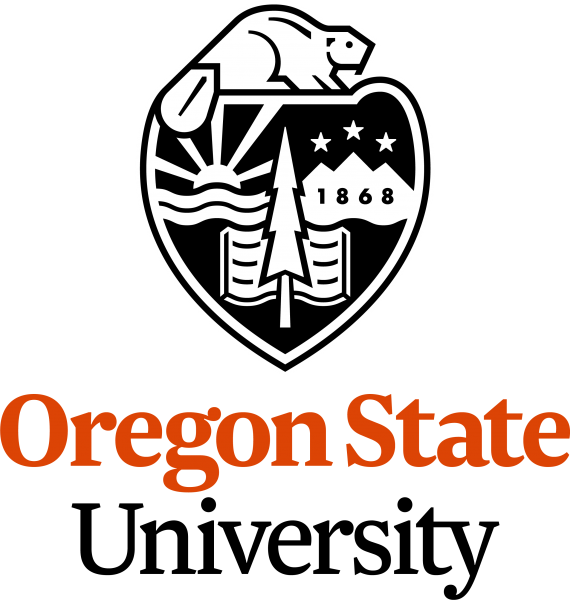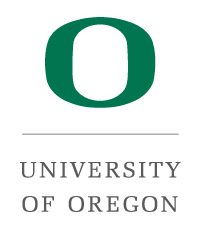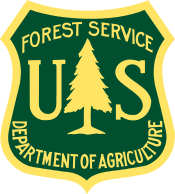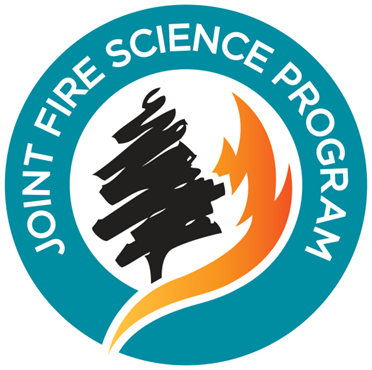Partner Feeds
Learning from the Yacolt Burn: Looking back at the historic burn, 119 years later.
“By noon, it was so dark that you just couldn’t see your hand in front of you. It was a thick darkness,” said Grace Palmer, a witness to the 1902 Yacolt Burn forest fire. “People thought it might be the end of the world.”
Palmer described the day more than a century ago when a wildfire crossed the Columbia river to ravage the Yacolt Forest. Ash fell half of an inch deep in the nearby cities of Portland and Vancouver, and smoke spread throughout the state — by midday, the city of Seattle was forced to light the gas street lamps so that people could see.
Photo taken in March, 1911 in Township 22.Photo Credit: USFS
Reaching 239,000 acres, the Yacolt Burn was the largest forest fire in Washington history for more than a century. The exact cause of the burn remains unknown. The theories include farmers burning excessive brush, young boys lighting a hornet nest ablaze, and even a small volcanic eruption (even at the time, this theory was noted as far-fetched).
What is known, however, is that the lack of infrastructure failed to mitigate this disastrous event. The only forest ranger employee in the Mount Rainier Forest Reserve, upon seeing evidence of fire, chose to not take action after having been reprimanded for calling in a fire crew previously.
Photo taken on March 22, 1911. Looking east on the Yacolt, in Township 22.Photo Credit: USFS
In the end, it was the rain — not firefighters or the military — that put out the blaze.
A year after the burn, in 1903, the Washington state Legislature appointed a fire warden to issue policy on forest safety, a position that ultimately was incorporated into the responsibilities of the U.S. Forest Service and the Washington State Department of Natural Resources.
Unfortunately, the area was subject to more devastating burns in the years following, prompting DNR leaders to create active plans to combat the causes of fires and rehabilitate the forest in the 1950s.
Assistant to the Director of Forestry, L.T. “Mike” Webster views a forest ravaged by multiple fires. Photo taken on April 21, 1954.Photo credit: DNR
Today, this area is within DNR’s Pacific Cascade region. The Yacolt Burn State Forest is a working forest, generating revenue to fund local services and K-12 public schools. It is also home to many recreation sites. People can enjoy hiking, camping, horseback riding, mountain biking and off-road vehicle riding.
Visit the newly created Sword Fern Way Trail on Bells Mountain for scenic views, or set up tents at Rock Creek Campground. While these recreation opportunities are made possible by the management of the lands, it is vital for us as citizens to take our part in keeping the area safe.
Nearby Silver Star Mountain.Photo Credit: Mitchell Emerson
“The Yacolt Burn State Forest has three campgrounds, six trailheads and more than 85 miles of trails that horseback riders, runners, mountain bikers, and ORV riders can enjoy!”
Sharon Steriti, Recreation Manager, Pacific Cascade Region
You can help by following the current burn ban and not lighting campfires or using charcoal briquettes, so we can continue to enjoy the Yacolt Forest and look to it as an example of learning from the mistakes of the past. It’s up to us to continue to keep the Yacolt lush and green instead of charcoal black.
General fire prevention tips and strategies:
- Make sure your dirt bikes or ATVs have operating spark arrestors;
- Don’t park vehicles on grassy areas
- People should use this time at home to prepare for wildfire by creating defensible space.
- Reduce dry fuels around your home
- Clean roof tops and gutters
- Limb up your trees and remove dead branches
- Pay attention to and comply with burn ban restrictions




